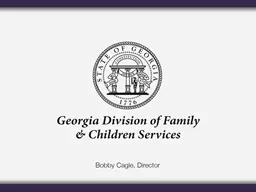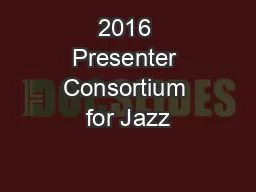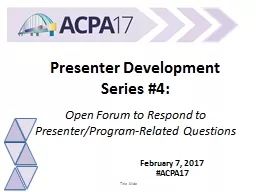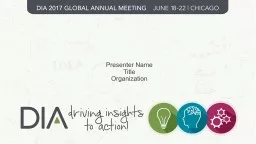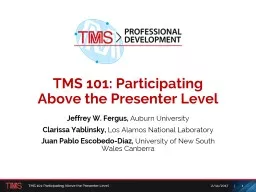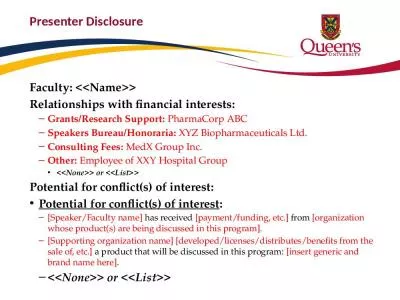PPT-ADD PRESENTER NAME, TITLE, AGENCY INFO
Author : aaron | Published Date : 2019-11-30
ADD PRESENTER NAME TITLE AGENCY INFO AGENDA 3 Federal amp State Laws Reasonable amp Prudent Parenting Standards What It Covers Non Negotiables Youth Rights Responsibilities
Presentation Embed Code
Download Presentation
Download Presentation The PPT/PDF document "ADD PRESENTER NAME, TITLE, AGENCY INFO" is the property of its rightful owner. Permission is granted to download and print the materials on this website for personal, non-commercial use only, and to display it on your personal computer provided you do not modify the materials and that you retain all copyright notices contained in the materials. By downloading content from our website, you accept the terms of this agreement.
ADD PRESENTER NAME, TITLE, AGENCY INFO: Transcript
Download Rules Of Document
"ADD PRESENTER NAME, TITLE, AGENCY INFO"The content belongs to its owner. You may download and print it for personal use, without modification, and keep all copyright notices. By downloading, you agree to these terms.
Related Documents

